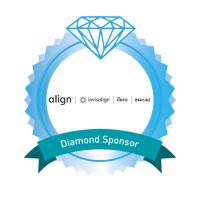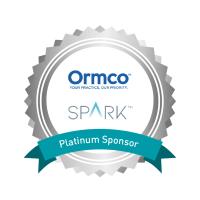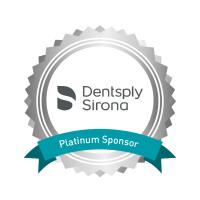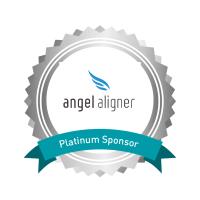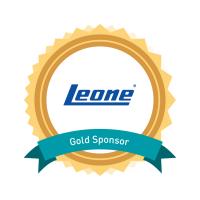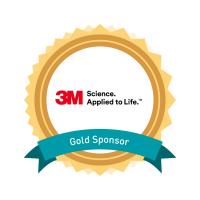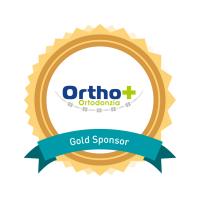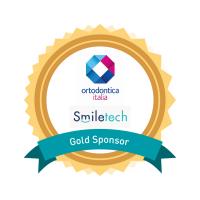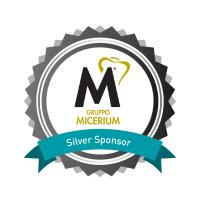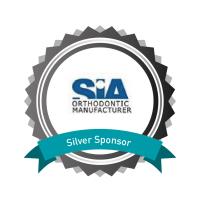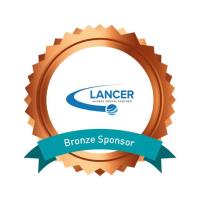Abstract
T.S.E.B. Protocol for Impacted Canines Management with Aligners
by Greco Alessandro Mario
The treatment of impacted canine can be considered a challenging option in adult as well as in teenager because of the variability of the canines position which create different level of complexity. The aligner approach to this kind of problems is twice challenging and above all requires a combined solution in two separate times. The use of aligners can be restricted to the initial phase of space recovery and to the last phase after the canine position recovery to finalize buccal position and torque of the canines. The forced eruption phase needs an auxiliary device in order to be effective and efficient and above all to work with a reliable and stable anchorage. To this aim TADs represent the elective auxiliary devices in combination with sectional wire directly connected to the TADs able to apply the proper force. The ideal impacted canine treatment sequence can be so identified: -Aligner first approach to recover space; - Location definition; - Ideal and proper surgical approach; -Additional surgical procedure to simplify orthodontic traction. - Ideal biomechanics based on canine position; - Combined fixed sectional bracket less to refine buccal position; - Aligner late approach to refine canine position;
Learning Objectives
After this lecture, you will be able to define the proper treatment choice for impacted canines correction with aligners
After this lecture, you will be able to identify the ideal TADs placement to facilitate the biomechanical approach with one or more miniscrews
After this lecture, you will be able to choose and bend the proper sectional wire to be connected with TADs for the position correction


